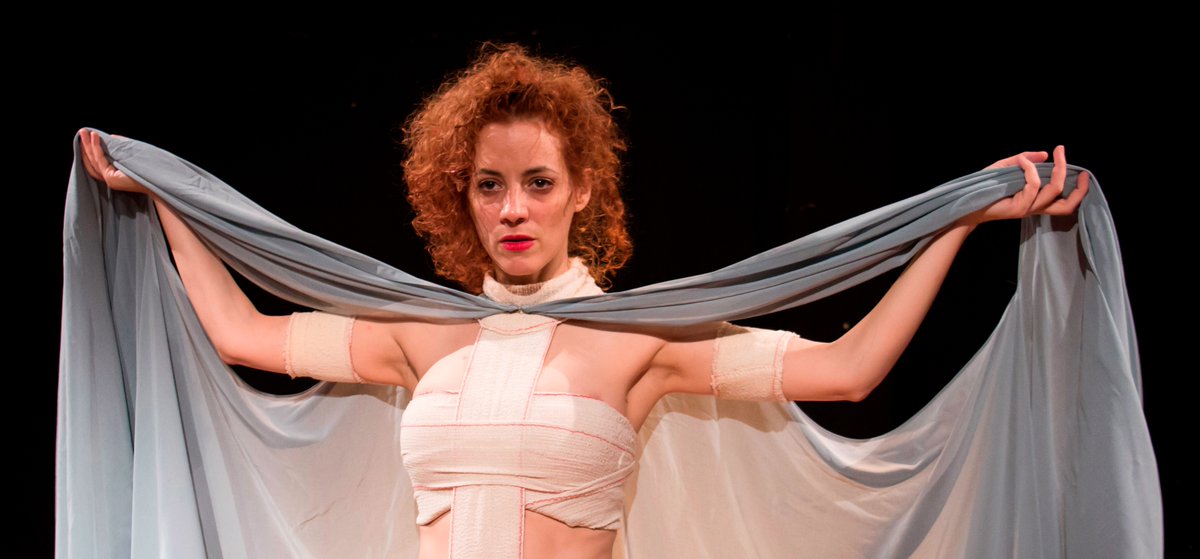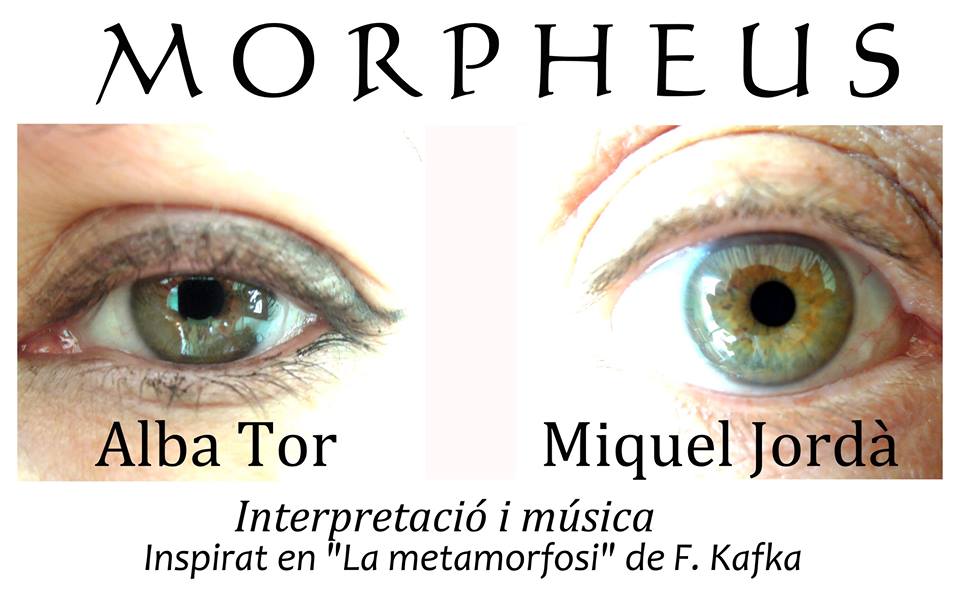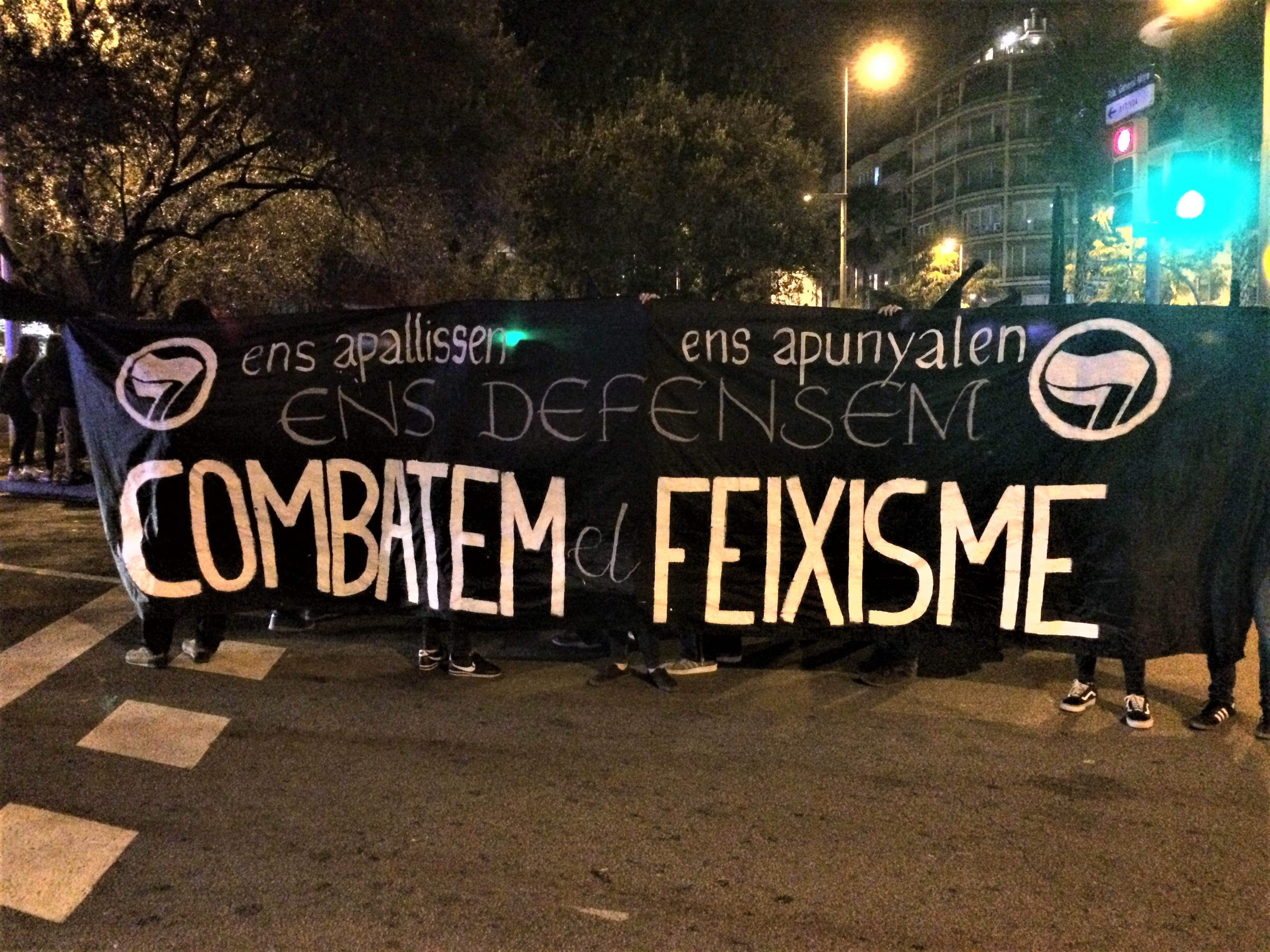WRECK de Pietro Marullo, Sala Hiroshima, 16-11-2017
Lista de especies extintas es un desempeño interdisciplinario que incorpora el movimiento, el sonido y las artes visuales. Un inmenso plástico negro como una escultura blanda (como una almohada) y la inflación de aire, se mueve en el espacio. Como un cazador. Este objeto es abstracto y tiene un poder evocador. Traga y escupe seres humanos, cuerpos desnudos; podríamos considerarlo como una alegoría de Leviatán y un monstruo legendario submarino, una metáfora del capitalismo, y las mismas condiciones humanas. Tiene el poder de amplificar la imaginación de quién está observado y de quién realiza la práctica, la acción directa en katarsis, de multiplicar asociaciones y capas conceptuales.
Continue reading









